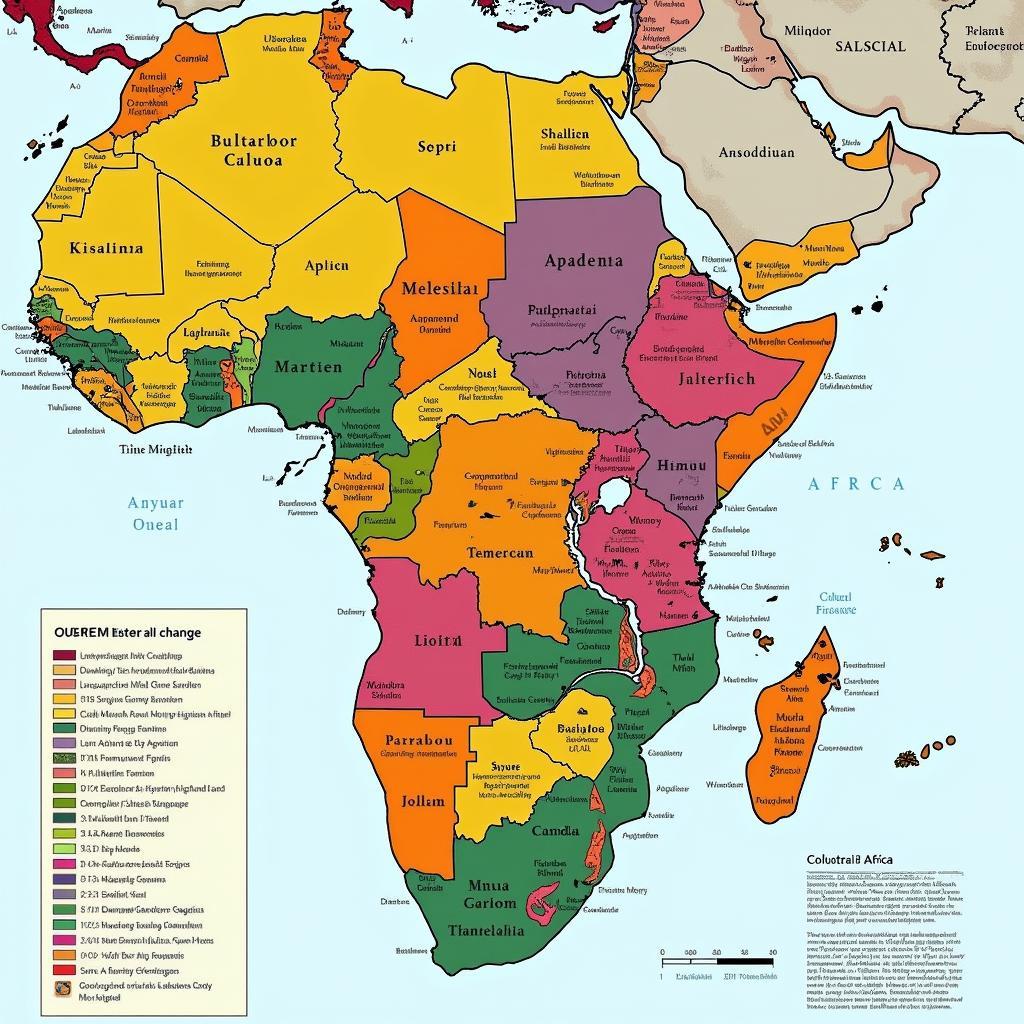African American English vs. Standard English: Understanding the Differences and Similarities
African American English (AAE) and Standard American English (SAE) are two distinct varieties of the English language. Understanding the nuances between AAE and SAE is crucial not only for linguists but also for educators, communicators, and anyone seeking to appreciate the rich tapestry of American language and culture. This article delves into the key differences and similarities, exploring the historical, social, and linguistic factors that have shaped these two influential dialects.
A Deep Dive into AAE’s History and Evolution
AAE, also known as Black English or Ebonics, has a rich and complex history intertwined with the African American experience. It’s not simply slang or broken English, as some misconceptions suggest, but a fully developed dialect with its own unique grammatical rules, pronunciation patterns, and vocabulary. Its origins can be traced back to the West African languages spoken by enslaved people brought to America. Over time, these languages blended with various dialects of English spoken by European colonists, creating a unique linguistic hybrid.
The Influence of West African Languages
The influence of West African languages is evident in various aspects of AAE. For instance, the use of habitual “be” to indicate recurring actions, as in “He be playing basketball,” mirrors similar grammatical structures found in some West African languages.
Key Differences Between AAE and SAE
Several key linguistic features distinguish AAE from SAE. These differences encompass grammar, pronunciation, and vocabulary. Understanding these distinctions is key to appreciating the complexity and richness of AAE.
Grammatical Variations
One prominent grammatical difference lies in the use of copula deletion, where the verb “to be” is sometimes omitted. For example, “He smart” in AAE would be “He is smart” in SAE. Another distinction is the use of negative concord, or double negation, as in “I ain’t got no money,” which translates to “I don’t have any money” in SAE.
Pronunciation Patterns
AAE also exhibits unique pronunciation patterns. The consonant cluster reduction, as in “ask” becoming “aks,” is a common feature. Additionally, the pronunciation of “th” as “d” or “f” in certain contexts is another characteristic difference.
Vocabulary and Slang
While AAE and SAE share a significant portion of their vocabulary, AAE also possesses unique words and slang expressions that reflect the cultural experiences of African Americans.
The Social Context of AAE
AAE isn’t just a dialect; it’s a marker of cultural identity and a symbol of community for many African Americans. It plays a significant role in social interactions within African American communities. However, it has also faced prejudice and discrimination, often being wrongly perceived as inferior or incorrect English.  The Social Significance of AAVE
The Social Significance of AAVE
AAE in Education
The use of AAE in educational settings has been a subject of debate. Some argue that recognizing and valuing AAE can improve learning outcomes for African American students, while others advocate for prioritizing SAE acquisition for academic success.
Bridging the Gap: Understanding and Respecting Linguistic Diversity
The differences between AAE and SAE should not be viewed as deficits but as reflections of the rich linguistic diversity within the United States. Understanding and respecting these differences are crucial for promoting effective communication and fostering intercultural understanding.
african english wiki It is important to remember that languages are dynamic and constantly evolving. The interplay between AAE and SAE continues to shape the linguistic landscape of America. Recognizing AAE as a legitimate dialect is not about lowering standards but about acknowledging the linguistic reality and celebrating the richness of American English in all its forms.
Conclusion
African American English and Standard American English, while sharing a common ancestor, have evolved along distinct paths, resulting in unique linguistic characteristics. Recognizing and understanding these differences is crucial for effective communication and appreciating the diverse tapestry of American language and culture. By embracing linguistic diversity, we can build bridges of understanding and create a more inclusive society. Understanding African American English Vs Standard English fosters respect for the diverse tapestry of language and culture in the United States.
FAQ
- Is AAE a proper form of English?
- What are some common misconceptions about AAE?
- How does AAE differ from other dialects of English?
- What is the significance of AAE in African American culture?
- How can educators effectively address the use of AAE in the classroom?
- What are some resources for learning more about AAE?
- How does AAE contribute to the overall richness of the English language?
Common Scenarios Where Understanding AAE vs. SAE is Important
- In the Classroom: Teachers need to understand AAE to effectively communicate with and educate students who speak it.
- In the Workplace: Understanding AAE can improve communication and collaboration among colleagues from diverse backgrounds.
- In Legal Settings: Accurate interpretation and understanding of AAE are crucial in legal proceedings.
- In Media and Entertainment: Accurate representation of AAE in media and entertainment is important for promoting inclusivity and avoiding stereotypes.
Further Exploration
You might also be interested in reading about the history of African American literature and music, both of which have been deeply influenced by AAE. Explore other articles on our website for more insights into African culture and linguistics.
When you need help, please contact us: Phone: +255768904061, Email: kaka.mag@gmail.com or visit us at Mbarali DC Mawindi, Kangaga, Tanzania. We have a 24/7 customer service team.


